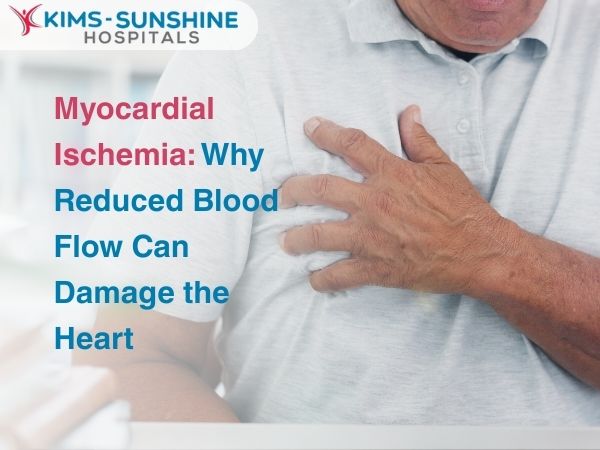
Left Shoulder Pain or Heart Attack? How to Tell the Difference
 Heart attacks are often associated with shoulder pain on the left side. Although shoulder pain is quite a common symptom of some other conditions such as cold, having pain specifically on the left side of the shoulder should not be ignored. Thus, identifying cardiac-related shoulder pain can help in potentially life-saving early interventions.
Heart attacks are often associated with shoulder pain on the left side. Although shoulder pain is quite a common symptom of some other conditions such as cold, having pain specifically on the left side of the shoulder should not be ignored. Thus, identifying cardiac-related shoulder pain can help in potentially life-saving early interventions.
How to tell if shoulder pain is heart-related
The left shoulder is closest to where the heart is seated. Any pain on the left side of the shoulder is thus treated as cardiac-related. It can be a potential warning sign that should not be ignored by a person experiencing the pain.
When to worry about shoulder pain
For identifying if you are having a heart attack while experiencing left shoulder pain, it is important to know how heart-related shoulder pain feels. Such pain that begins on the left side of the shoulder has some typical attributes. Read on to find out more…
- Radiating pain: A typical shoulder pain that is associated with heart attack is known for its radiating pain which originates from the chest into the left shoulder and sometimes, to the right shoulder as well. This radiating pain is felt as a heavy or squeezing sensation unlike the sharp pain that is felt if you suffer from any musculoskeletal issue.
- Persistent pain: Heart-related shoulder pain does not ease with rest. Instead, it is exacerbated with physical activity or increased stress levels. This escalation in shoulder pain when accompanied by other heart attack symptoms such as chest pain, is a concerning symptom which should not be ignored.
While most heart-related shoulder pain starts at the left shoulder, it can often affect the right side of the shoulder as well.
Warning signs of heart attack in women and men
Apart from shoulder pain, heart attacks in men and women are accompanied by other symptoms as given below:
- Chest pain: It occurs as a crushing or burning sensation and is usually felt behind the breastbone or the left side of the chest. This is perhaps the most widely recognized symptom of a heart attack.
- Nausea and sweating: Nausea or vomiting, accompanied by profuse sweating, is indicative of an imminent heart attack.
- Shortness of breath: Shortness of breath can be experienced as rapid, shallow breathing, or a feeling of breathlessness. When accompanied by shoulder pain, it can be a cause for grave concern.
- Fatigue: Fatigue or unexplained tiredness is another tell-tale sign that you are experiencing a heart attack. This feeling of tiredness doesn’t go away despite lying down for a while or taking rest.
Does heart attack cause pain in arm and shoulder
Incidentally, when a heart attack occurs, it can cause pain in one or both the arms, in particular the left arm, which radiates towards the left shoulder. This is one of the more evident signs that you are having a heart attack if you experience such pain.
Conclusion
The ideal thing to do under such a scenario is to rest while you call the emergency helpline number for an ambulance. Care should be taken that the heart is not put under any unnecessary strain during this time. With timely help and medical intervention, you can avert a catastrophic heart attack from taking place.






